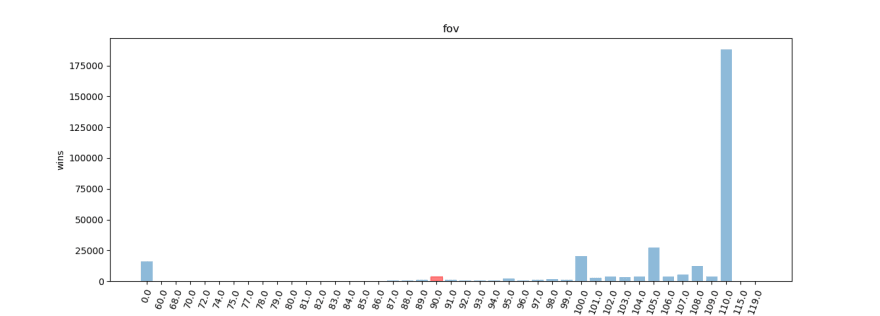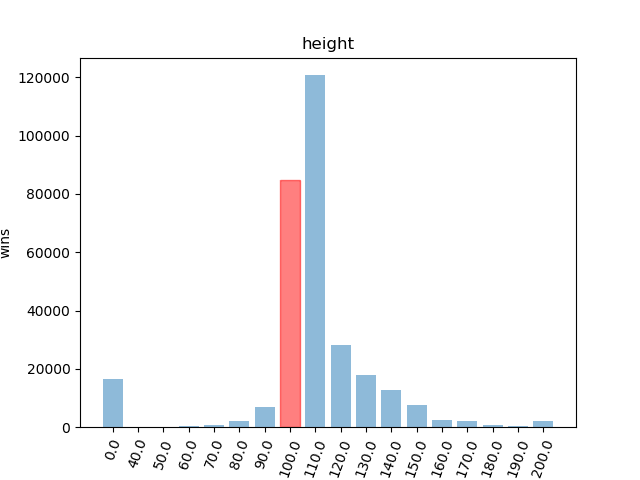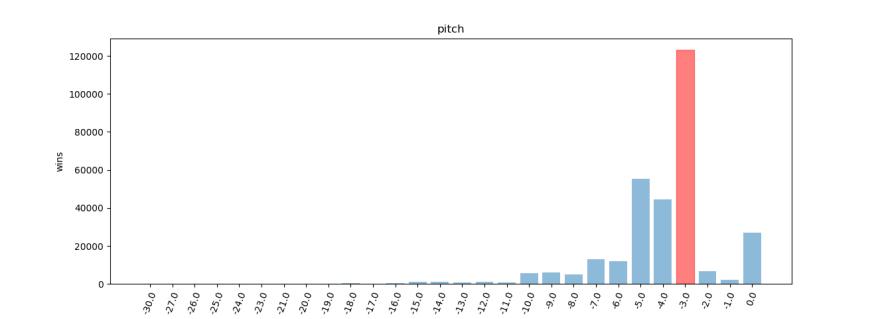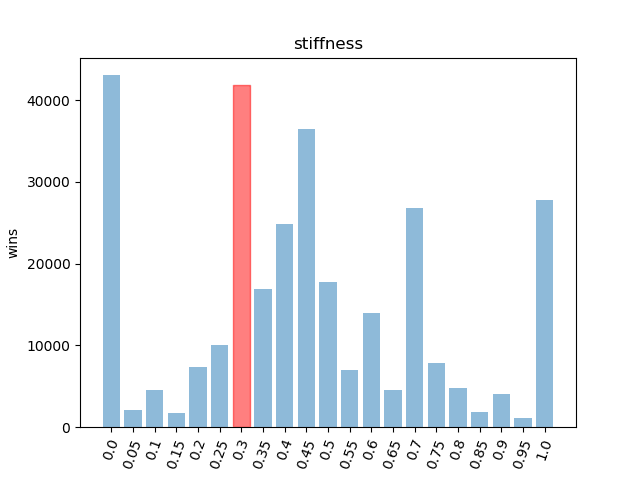Css_scraper
Simplify web scraping through css selectors.
Easily scrape links, text, and files from a single page by specifying multiple selectors for each data type.
Combine the output to easily read the results.
Dump raw output for easy processing with other tools or to disk.
Scrape multiple pages by specifying a next link selector and how many pages to scrape
Scrape many pages by specifying a next page selector.
Control what page to start scraping on.
Specify load timeouts.
Use sleep intervals to wait before getting the next page.
Specify prefix text to add to links or file src's
Scrape multiple pages by specifying how a url paginates
Specify custom delimiters for output
italics are soon to be features.
Don't be a jerk
Obviously use discretion when using anything that scrapes data from web pages It's your fault if you get your ip banned from a site you like or…







